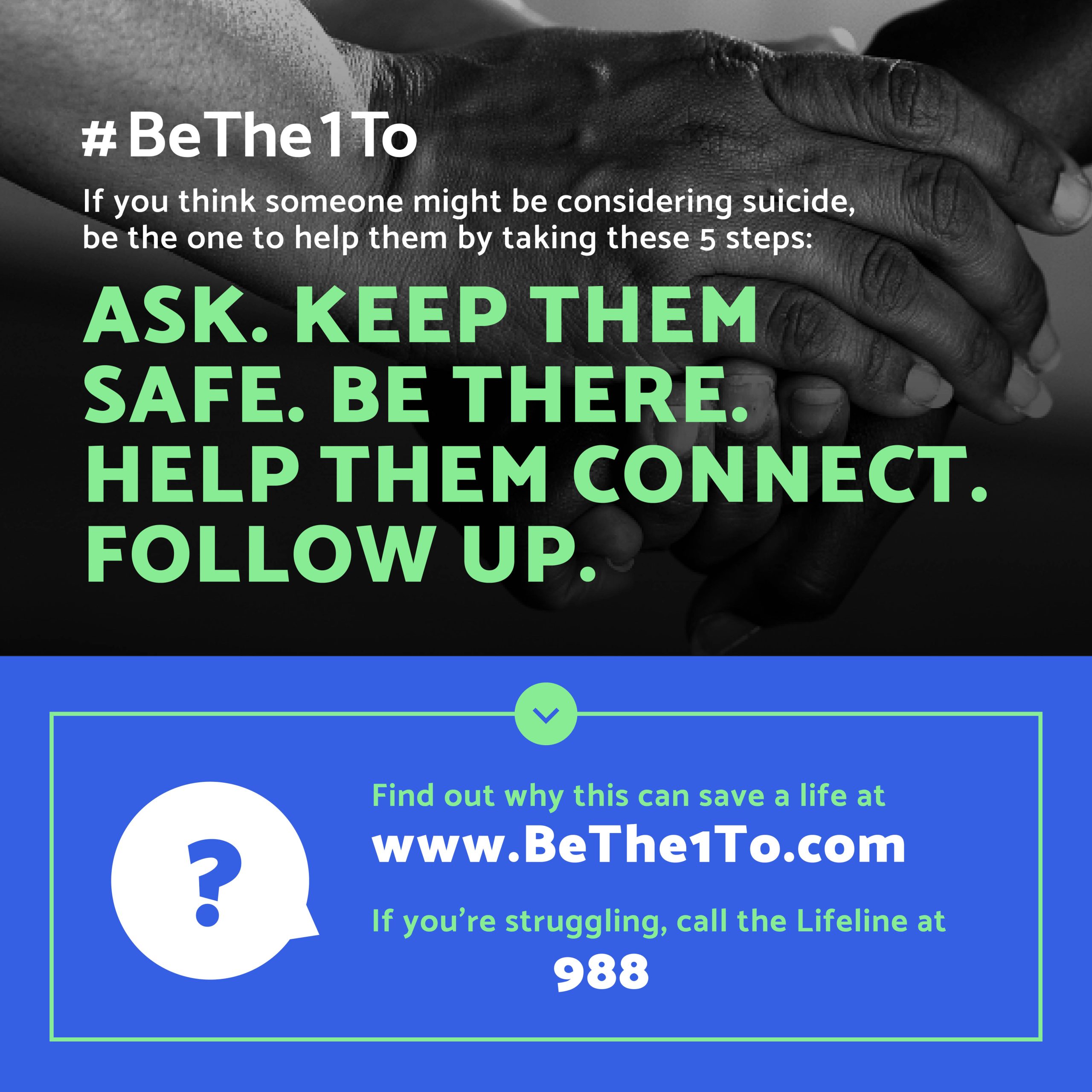About

What to know
- Suicide is a leading cause of death among youth and adults in the U.S. For every American who dies by suicide, many more make a plan or attempt suicide and may seek care in an emergency department (ED).1
- About 49% of all people who die by suicide have a history of a known diagnosed mental health condition, and mental health conditions may go undiagnosed.2 Ensuring that people get access to mental health care when they need it can help reduce the risk of suicide.
- At the same time, about half of all people who die by suicide do not have a known diagnosed mental health condition at their time of death. Many factors at the individual, relationship, and community levels can contribute to suicide.
ED visits related to suspected suicide attempts data
National: Rate of ED visits related to suspected suicide attempts
Out of every 100,000 ED visits, 147 visits were related to suspected suicide attempts as of March 2025.
Youth considered attempting suicide data
National & by state: Youth who reported considering attempting suicide
Most recent 2023 data show 20% or 1 in 5 U.S. high school students reported seriously considered attempting suicide in the past year.
Youth made a suicide plan data
National & by state: Youth who reported making a suicide plan
Most recent 2023 data show 16% or 1 in 6 U.S. high school students reported making a suicide plan in the past year.
Youth attempted suicide data
National & by state: Youth who reported attempting suicide
Most recent 2023 data show 10% or 1 in 10 U.S. high school students reported attempting suicide in the past year.
Notice
CI = Confidence interval of 95% indicates that 95% of the time, the value is expected to fall within this estimated range.
For statistical tests used, refer to data notes.
Explore original data source tools

- National Syndromic Surveillance Program (NSSP) tracks symptoms and diagnoses of patients in EDs and other settings, in near real-time, so that public health officials can detect unusual levels of illness to determine whether a response is needed. Local and state health departments, CDC, and partners collaborate to collect and provide ED data.
- Youth Risk Behavior Surveillance System (YRBS) Explorer displays data on mental health, social and emotional support, bullying, racism, suicide, and social media use. You can select Other Health Topics and Unintentional Injuries and Violence buttons in the tool to view these measures.
- CDC. (2024). Facts about Suicide. Retrieved March 25, 2025 from https://www.cdc.gov/suicide/facts/index.html
- Nguyen, B.L., Lyons, B.H., Forsberg, K., et al. (2024). Surveillance for Violent Deaths — National Violent Death Reporting System, 48 States, the District of Columbia, and Puerto Rico, 2021. MMWR Surveill Summ 73(No. SS-5), 1–44. http://dx.doi.org/10.15585/mmwr.ss7305a1
- CDC. (2025). Health disparities in suicide. Retrieved March 27, 2025 from https://www.cdc.gov/suicide/disparities/index.html



